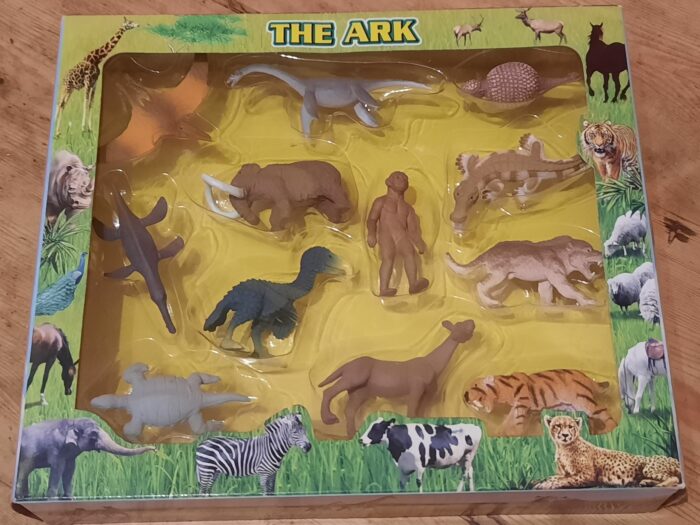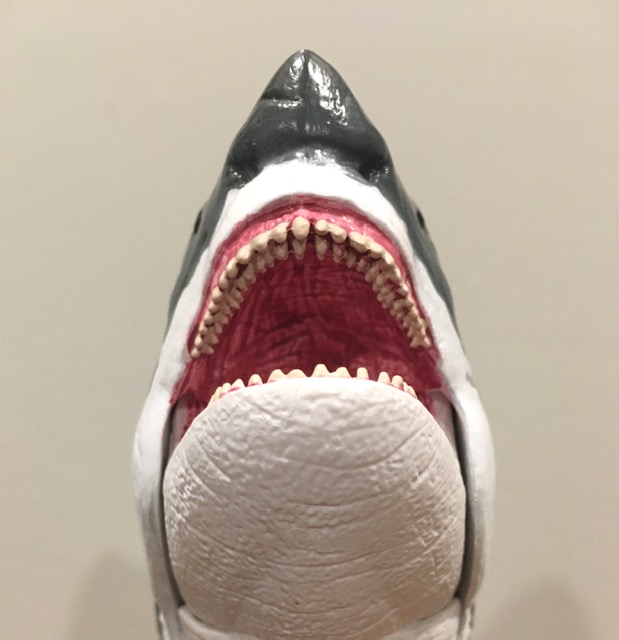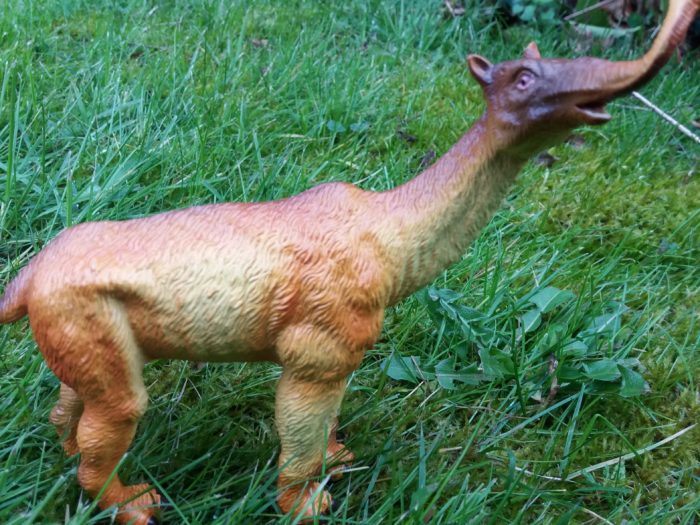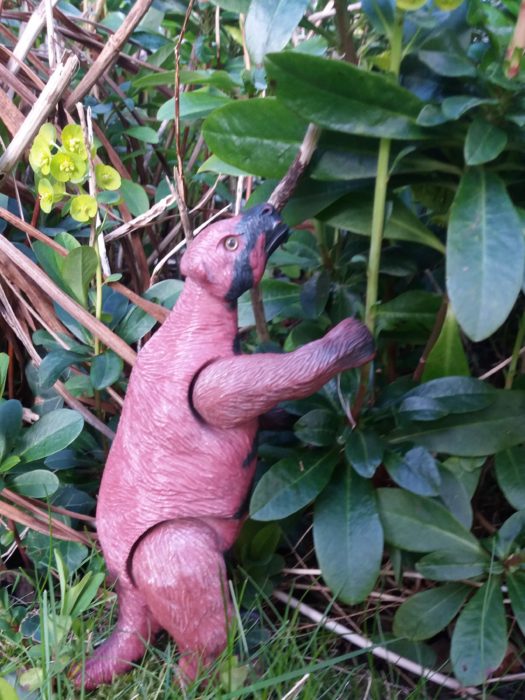Every now and again, something rather interesting pops up that you wouldn’t expect to be as good as you’d think. The toy sets you would see at supermarkets like Aldi and Lidl, often seen as cheap item makers, having something worth getting. Here, we examine the Joy City line on prehistoric animals, a counterpoint to there Dinosaur wave, which seems more typical chinasaur.
Age: Pliocene
Review: Megalodon (Deluxe by CollectA)
Review: Hipparion (Jurassic Hunters by Geoworld)
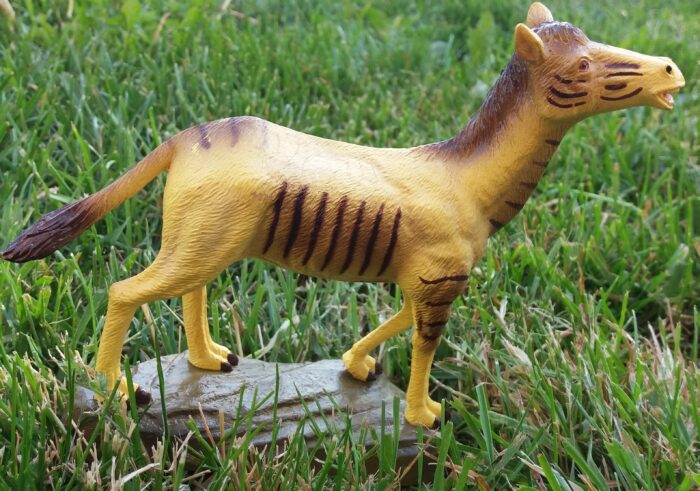
Ancient horses really don’t get much love in the toy market. Aside from Starlux and Bullyland, no one has added to the herd of prehistoric equinids. That is until Geoworld brought out their rendition of Hipparion, one of the most successful horses ever, lasting 22 million years and covering almost every continent, before dying off in the Mid-Pleistocene, possibly being out competed by the modern horse.
Review: Titanis (Jurassic/Primal Clash!)
Review: Megatherium (Jurassic Hunters by Geoworld)
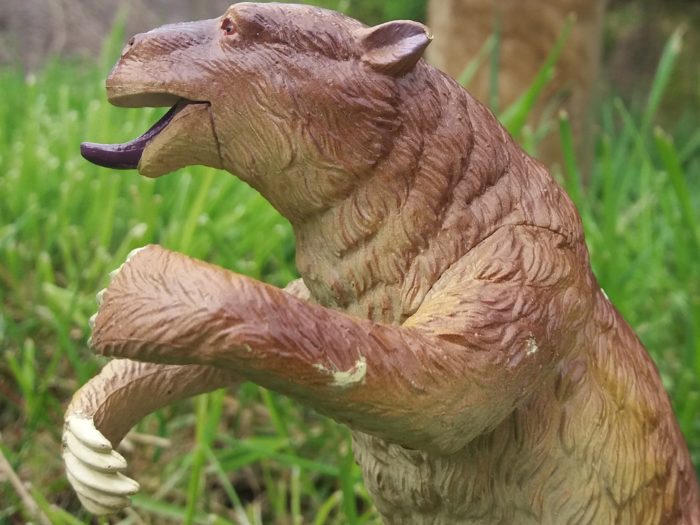
Since it’s first discovery in 1788, Megatherium has garnered much attention, not just from scientists but by the general public, it’s large size and fearsome claws drawing in many. In spite of the discovery of larger creatures over the centuries, this gargantuan xenarthran still has it’s fair share of art and models dedicated to it.
Review: Thylacosmilus (Jurassic Hunters by Geoworld)
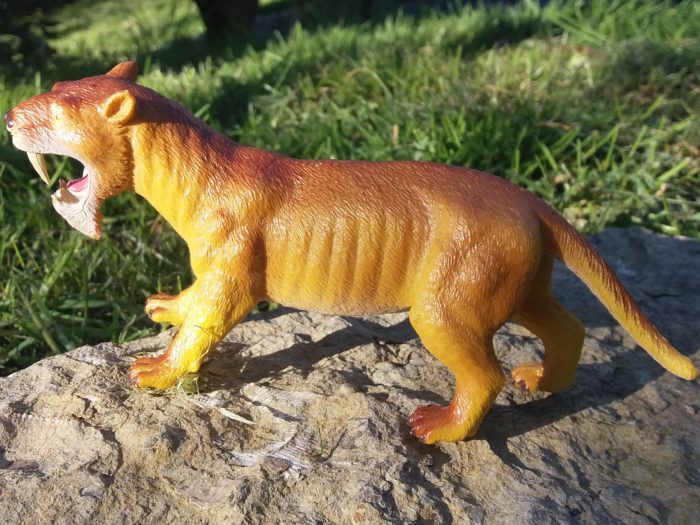
Animals can adapt to their environment in many different ways, resulting in many interesting species. but the more interesting case is when two distinctly different species, not even closely related, evolve similar or the same adaptation, known as convergent evolution. Such is the example whit this review: Thylacosmilus, which may look like a sabre toothed cat, but is in fact a sprassodont, a marsupial from South America.
Review: Macrauchenia (Jurassic Hunters by Geoworld)
Review: Megatherium (Tyco)
Review: Dromornis (Yowies Lost Kingdom)

Travelling through the wonderful world of Oz (as the Aussies tend to call their country) one sure plans some things before starting. I deceided to cramp a few toy figures into a box to take on the chance to shoot some of them in their “natural environment” – at least kind of, Australia sure changed a fair bit since most of the represented animals went extinct.
Review: Deinotherium (Eofauna)
Review: Megalodon ( PNSO Scientific Arts)
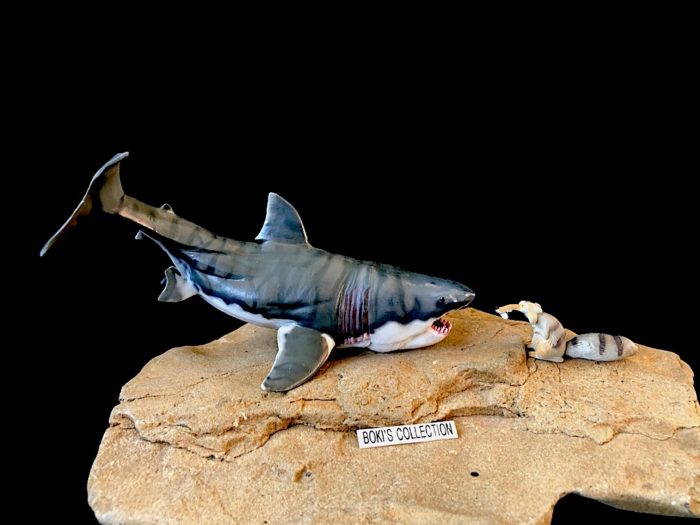
Review and photos by Bokisaurus
When it comes to suffering from identity crisis, no other extinct species exhibits this more than the mighty Megalodon (Carcharocles megalodon), which is ironic given how popular it is.This identity crisis is of course due to the fact that very little fossil material is available to help create an accurately restoration of it and that the majority of the restorations, from paleo art to movies, are all based on the extant Great White shark, a species that many believed for years it resembles.
Despite this crisis, Megalodon is the most famous of the extinct sharks, and possibly only surpassed in popularity by the extant Great White that still roam todays oceans.

